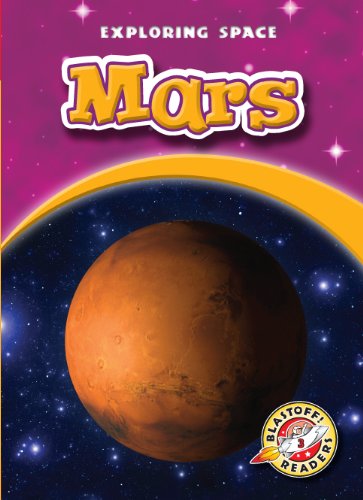-
Life in a Wetland
Laura Hamilton Waxman
Library Binding (Bellwether Media, Jan. 1, 2016)Bogs, swamps, and marshes are all different types of wetlands. Many plants and animals rely on this biome for reproduction, safety, or simply a drink of water. Some need to adapt to this environment, like the mangrove trees that get oxygen by growing roots above the surface. Take a closer look at wetland critters and vegetation in this engaging title for developing readers! K
K
-
South Korea
Derek Zobel
Library Binding (Bellwether Media, Aug. 1, 2011)A land famous for green tea and the martial art of tae kwon do, South Korea lies on a peninsula in southern Asia. Many small islands fill the waters off its coast, including the volcanic Cheju Island. Learn all about South Korea's landscapes, the everyday life of its people, and the country's history with North Korea. P
P
-
Indonesia
Lisa Owings
Library Binding (Blastoff Reader, Aug. 1, 2012)As a country of 17,000 islands, Indonesia is truly unique. It's fitting that many rare animals make their homes in Indonesia. The venomous Komodo dragon, one of the deadliest animals in the world, is one such animal. Encounter it in this title as you learn about life on the Indonesian islands. S
S
-
The Life Cycle of a Cow
Colleen Sexton
Library Binding (Bellwether Media, Aug. 8, 2010)Weighing around 1,300 pounds, an adult dairy cow produces about 90 glasses of milk every day! Young readers will learn the different stages of a cow's life cycle, watching as calves grow into heifers and then adult cows. K
K
-
Hippopotamuses
Kari Schuetz
Library Binding (Bellwether Media, Aug. 1, 2011)Hippopotamuses spend much of their time in the water. It is the only way they can keep their huge bodies cool because they do not sweat! In this book, children will be surprised as they discover many cool facts about how hippopotamuses eat, move, and more. I
I
-
The Life Cycle of a Butterfly
Colleen Sexton
Library Binding (Bellwether Media, Jan. 1, 2010)A female butterfly lays eggs on a leaf to begin the butterfly life cycle. The eggs hatch into caterpillars, and caterpillars form chrysalises to change into butterflies. Students will follow a butterfly as it grows from an egg into an adult. L
L
-
El Salvador
Walter Simmons
Library Binding (Bellwether Media, Jan. 1, 2012)El Salvador is the smallest and most densely populated Central American country. Because of its location on the Pacific Ring of Fire, it must endure volcanic eruptions and earthquakes. Hurricanes also sweep in from the Caribbean. However, El Salvadorians don t let these events quiet their vibrant culture. This book introduces El Salvador s landscape, cuisine, wildlife, heritage, and much more! M
M
-
The Life Cycle of a Salmon
Colleen Sexton
Library Binding (Bellwether Media, Jan. 1, 2010)Adult salmon spawn at the end of their life cycle. They fight strong currents while swimming upriver to the place where they hatched. Young readers will follow a salmon from egg to adult. K
K
-
The Life Cycle of a Frog
Colleen Sexton
Library Binding (Bellwether Media, Jan. 1, 2010)The life cycle of a frog takes place in water and on land. It begins in spring with a male frog croaking a song to attract a female. Young readers will read about and watch an egg develop into a tadpole and then into an adult frog. L
L
-
Crabs
Rebecca Pettiford
Library Binding (Bellwether Media, Aug. 1, 2016)Did you know that crabs look like mini, clear lobsters when they are babies? Crabs have to molt many times before they even look like adults with hard outer shells. Some crabs grow their own shells while others find used shells to call their own. Find out about a crab's life cycle, physical traits, habitat, and more in this title for beginning readers. K
K
-
Tiger Snakes
Ellen Frazel
Library Binding (Bellwether Media, Aug. 1, 2011)These venomous snakes get their name from the tiger stripes on their long bodies. Most common in Australia, tiger snakes live in coastal areas, wetlands, and creeks. Discover more about this snake's habitat, deadly venom, and other unique features. G
G
